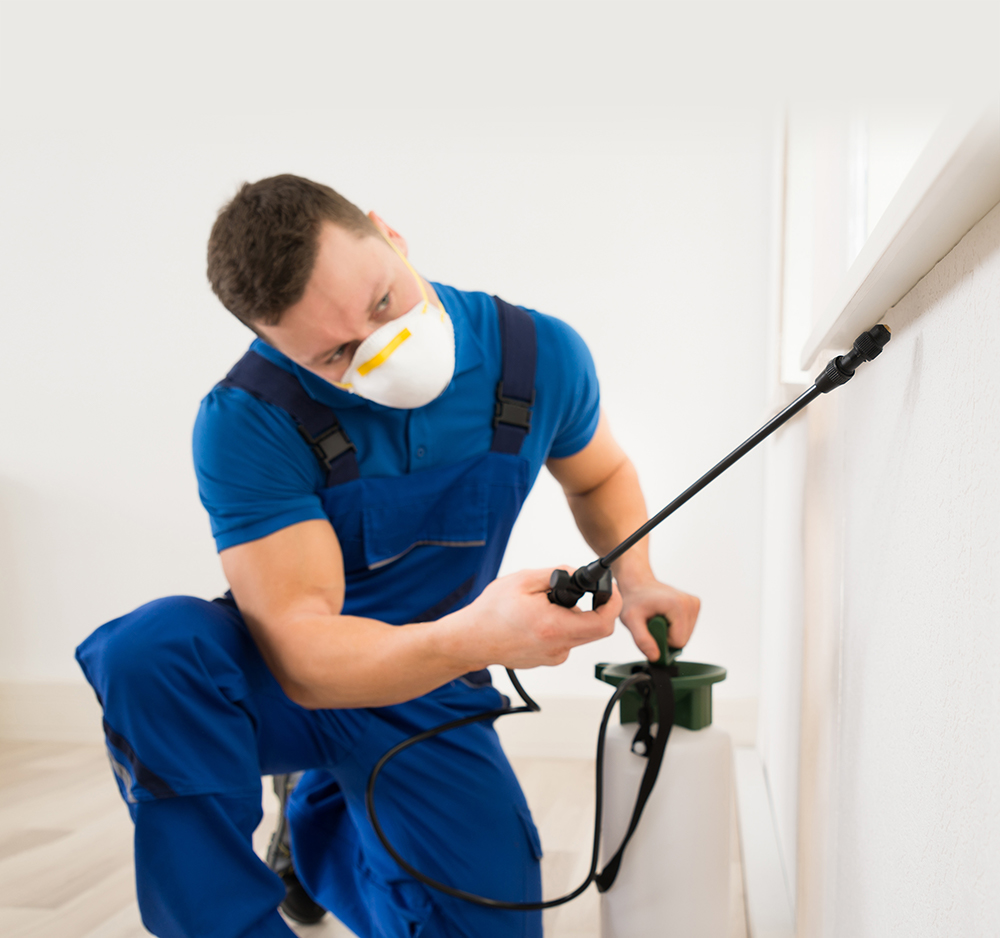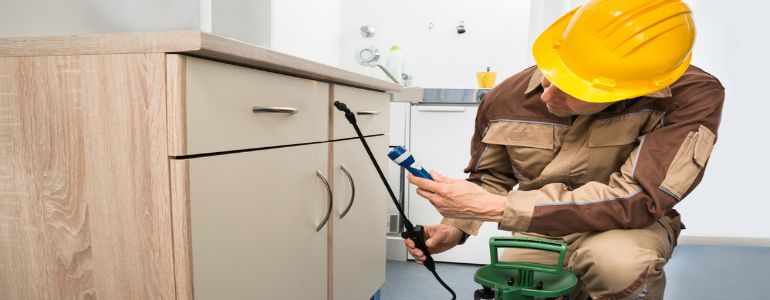Bed Bug Dog Discovery: Discover Infestations Early for Comfort!
Bed Bug Dog Discovery: Discover Infestations Early for Comfort!
Blog Article
Expert Insect Control Techniques for Long-Term Results
Specialist bug control methods encapsulate a detailed technique that begins with a complete evaluation and evaluation, followed by specific pest recognition to comprehend their actions patterns. The execution of Integrated Insect Management (IPM) concepts, combined with eco-conscious treatments, develops the foundation of lasting pest eradication.
Evaluation and Evaluation
Upon going into a residential or commercial property for insect control services, the first step is a thorough evaluation and analysis to determine the degree of the infestation and establish one of the most efficient therapy strategy. Professional bug control specialists are educated to carefully examine the properties, seeking indicators of insect activity such as droppings, munch marks, nests, or any type of architectural damage. They will additionally analyze the problems that may be drawing in pests, such as food resources, water leaks, or access factors.

Pest Identification and Behavior

In addition, recognizing the behavior of the determined pest is vital to applying effective control measures. For example, knowing where parasites nest, what they feed on, and their activity patterns can assist pest control professionals design techniques to eradicate them successfully. Some bugs may be nocturnal, while others are more active during the day. This knowledge permits for the application of treatments at optimal times for maximum efficiency.
Integrated Insect Management (IPM)
Integrated Insect Management (IPM) approaches incorporate several methods to manage and prevent insect problems in a lasting and eco-friendly way. pest control. By integrating approaches such as organic control, environment adjustment, alteration of social methods, and using resistant ranges, IPM aims to reduce the use of chemical pesticides
Among the key principles of IPM is the emphasis on prevention. This proactive method involves monitoring parasite populations consistently to identify any possible problems before they rise. By determining bug troubles early on, pest control measures can be applied quickly and efficiently.
In addition, IPM advertises the usage of non-toxic insect control approaches whenever feasible. This can include using natural killers of the insects, introducing advantageous bugs, or using scents to interrupt mating patterns. By minimizing reliance on chemical pesticides, IPM not just secures the setting however also assists preserve an equilibrium in the ecological community.
Environmentally-Friendly Therapies
Carrying out eco-conscious approaches in insect control procedures can properly attend to infestations while prioritizing environmental sustainability. Environmentally-friendly therapies concentrate on reducing the effect of insect control approaches on communities, non-target microorganisms, and human health. These approaches typically involve making use of all-natural killers, such as ladybugs or nematodes, to regulate pest populations, lowering the requirement for chemical treatments. Additionally, strategies like Clicking Here habitat manipulation, such as changing wetness degrees or removing food resources, can assist discourage parasites without making use of hazardous compounds.
An additional key facet of environmentally-friendly therapies is the use of organic and biodegradable items that damage down promptly without leaving dangerous residues in the setting. Botanical insecticides obtained from plants like chrysanthemums or neem supply reliable pest control while posing very little risk to non-target types. Moreover, utilizing techniques like heat treatments or pheromone catches can target certain parasites with precision, minimizing the overall environmental impact of pest control techniques.
Recurring Tracking and Upkeep
Regular examinations by trained experts are needed to identify any type of signs of pest task, evaluate the efficiency of previous treatments, and make changes to the parasite control strategy as needed. By monitoring insect populaces over time, parasite control experts can track trends, prepare for possible concerns, and apply preventive measures to minimize the threat of future invasions.
Along with surveillance, maintenance techniques are important for lasting insect control success. This includes carrying out proper sanitation actions to eliminate possible food and water resources for pests, sealing off entry points to avoid bugs from getting in the premises, and attending to any architectural concerns that could help with bug problems (bed bug exterminator). By incorporating ongoing monitoring and maintenance into an integrated pest monitoring technique, see page companies can make sure a pest-free setting and safeguard their home against pricey damages and wellness dangers
Final Thought
Finally, using expert bug control techniques such as comprehensive assessment and analysis, precise pest recognition and understanding of their habits, incorporated bug management approaches, environmentally-friendly therapies, bug control home and recurring monitoring and upkeep are crucial for achieving long-lasting outcomes in pest control. By carrying out these approaches, individuals can successfully manage pest problems and keep a pest-free setting in a lasting manner.
Report this page